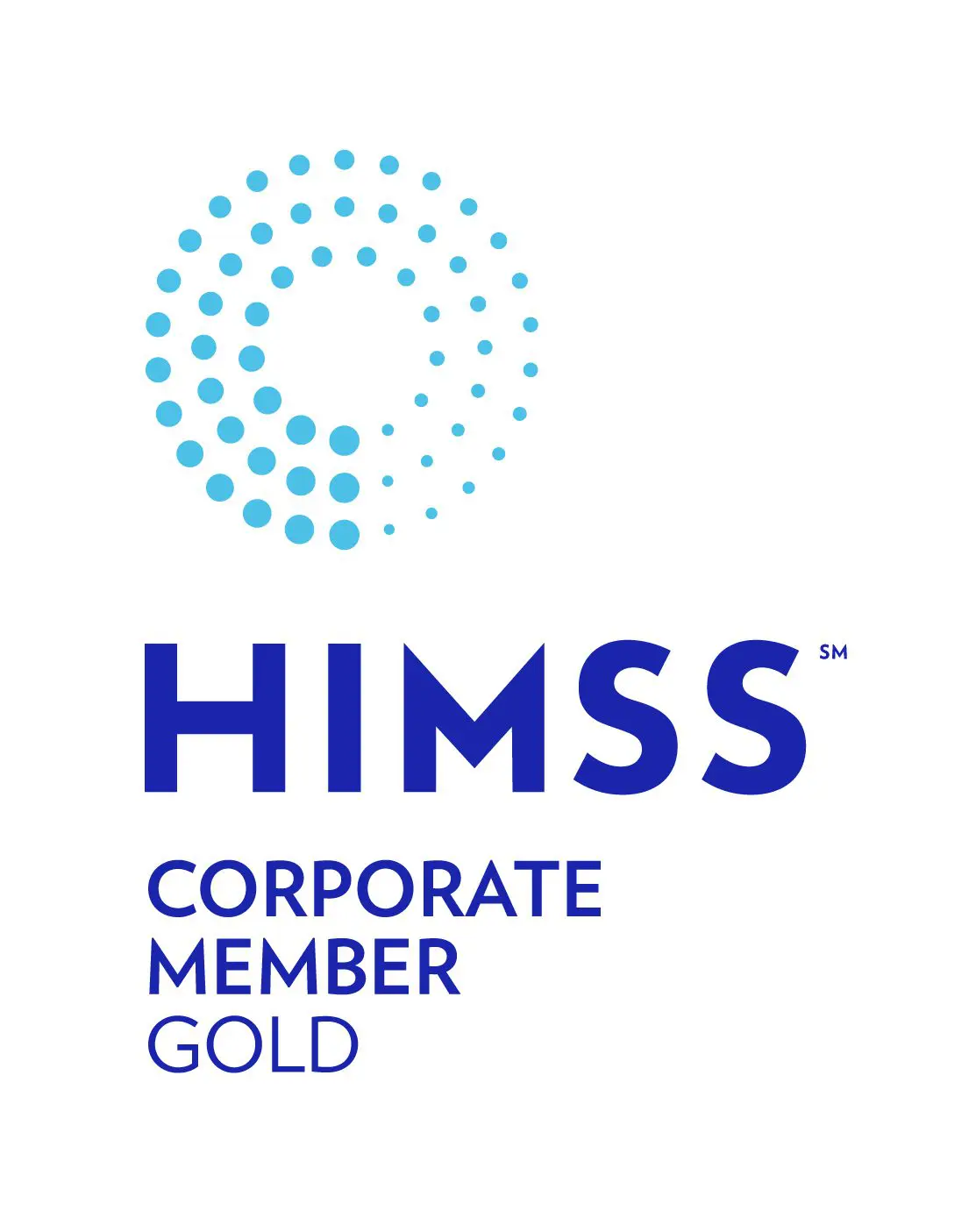
At a rate of 698 per 100,000 residents, the U.S. locks up more people per capita than any other country in the world. As a result, almost 2.3 million people are being held in the American criminal justice system across all correctional facility types, and the ability to provide incarcerated individuals adequate healthcare has become both an expensive and staff-intensive operation.
It’s also a challenging one – inmates have higher rates of infectious disease, mental health problems, along with substance abuse and addiction. With that comes the need to be diligent about tracking medical instances, checkups, and other essential notes that could influence future medical decisions.
In the past, paper filing systems were prevalent in correctional facilities, creating problematic instances where records weren’t readily accessible or could be easily compromised. Often this led to an inmate’s file not being found when going to see a doctor, compromising the quality of care.
Over the last several years, the implementation of EHRs in correctional facilities has proven to be beneficial to improving inmate healthcare. According to a study from the Human Health and Rights Journal, EHRs not only track clinical outcomes and health issues, they also help in obtaining imperative information around concerns like neglect and abuse, and support patient safety and health, population health, and human rights.
Recently, one such facility was recognized with the HIMSS 2018 Davies Award of Community Excellence for using health IT to reduce hospitalizations for high-risk patients. With 125,000 individuals at 30 institutions and 11,000 transfers monthly, California Correctional Health Care Services was still utilizing a person-dependent paper process for medical records.
Recognizing the less than ideal situation and the adverse outcomes stemming from it, leaders at California Correctional made the decision to begin the shift from paper to electronic. Although the endeavor was a multi-year effort, it resulted in success:
- Potentially avoidable hospitalizations for high-risk patients decreased from 70.9 per 1,000 patients in June, 2015 to 43.5 per 1,000 patients in December 2017
- Eliminating the need for licensed clinicians to complete paper records saved more than $2 million in the first three years
These kinds of proven outcomes have culminated in many correctional facilities now utilizing an electronic health record or data base system.
Like many traditional healthcare providers, there are often multiple EHR, ERP and other systems running in various states of use. As organizations continue to move forward, there will be legacy systems that are left behind and, due to cost and technology constraints, it won’t make business sense to migrate all the older records into the new system.
To avoid accessibility challenges and exposing medical records to increased vulnerabilities, akin to the days of paper records, consider consolidating legacy data in a single archive. Not only does it ensure compliance with record retention laws, but it also provides easy access to vital legacy data and reduces maintenance costs on legacy systems.
If your correctional facility currently has legacy systems or is considering adopting a new EHR, Harmony Healthcare IT and HealthData Archiver® can help put your legacy data management plan in motion.
Connect with our team, we’re ready to chat.






